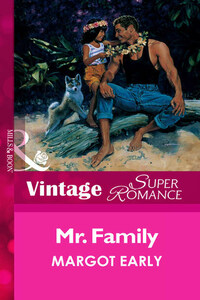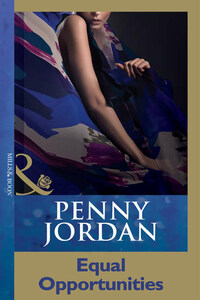Sense & Sensibility is a very significant novel in the small but perfectly formed Jane Austen canon. It was, after all, her first full length novel and she had had it by her for no less than sixteen years by the time it finally made it into print.
She started it before she was twenty. It was an epistolary novel at that stage, entitled ‘Elinor and Marianne’, and it might even have been written on the writing box which her father noted buying in Basingstoke ten days before her nineteenth birthday in 1794, and which is now in the British Museum. But even then, in that early form, it was about – or at least half about – the eighteenth and early nineteenth-century pre-occupation with sensibility, that fashion for complete surrender to emotion, and to adoration of everything to do with the natural world.
Sensibility was, after all, the philosophical vogue right across Europe when Jane Austen was growing up – think of Goethe, or the early writings of Jean-Jacques Rousseau – but by the time she came to revise the novel a decade and a half after she had first read her outline of the story to her family, her view of the extremes of susceptibility to feeling and nature had been increasingly tempered by her appreciation of reason and restraint. To add to this prolonged creative start to her literary career, there also seems to have been a difficulty in persuading any publisher to take the completed novel on, to such an extent that when it did finally appear, in 1811, the publisher was one Thomas Egerton of the incongruously named Military Library in Whitehall, who stated firmly on the title page that the novel was ‘Printed for the Author’. It is thought that the publication cost her about £150, and that sales restored all but £10 of that sum to her. But the significant fact was, actually, in those sales. That first edition of 750 copies, in three volumes, sold right out.
The essence of the narrative is, like all her books, in the title. It concerns two sisters, Elinor and Marianne Dashwood, both good looking, although Jane Austen makes it plain: Marianne actually falls into the stunner category. They are accomplished, gently born, and uncomfortably poor, rather than glamorously penniless. When the book opens they have just lost their father, and are left with a sweet but slightly ditzy mother, a schoolroom-age sister, no home and no prospects. It is the early nineteenth century, so given their social status, marriage is the only career open to them, as well as being the only likelihood for subsistence. The novel charts how their approach to their future, and thus to men, is conditioned by each girl’s governing characteristic – sense for Elinor and sensibility for Marianne. It is an imperative, if they and their mother and sister are not to starve, for their heads to govern their choice of husband. But Marianne is only interested in heart: for her, reason and prudence represent a betrayal of soul and spirit. She is not, in her convictions, any distance at all from the modern belief in entitlement to complete emotional fulfilment.
This is only one element that makes this an extraordinarily modern book. Or perhaps it’s more accurate to describe it as timeless. The sisters themselves, their mildly and maddeningly impulsive mother, the generous and cheerfully obtuse distant cousin who offers them a roof, are all characters who translate immediately into the twenty-first century. As do the principal men, those crucial and possible husbands who range from the decent, patient suitor (Colonel Brandon), through the appealing but depressive misfit, (Edward Ferrars) to the distractingly handsome, unreliable, emotional pirate (John Willoughby). Add the social climbing, trend-fixated Steele sisters, the party goose (Charlotte Palmer) and the ferociously money driven sister-in-law (Fanny Dashwood) and you have a completely contemporary cast list.
You also have Jane Austen’s sharply observant eye for the nuances of class. The time and the society in which she lived was particularly ruthless in its demarcation between cradle gentility and the eager aspirations of those whose birth had not been quite so blue bloodedly fortunate. The Dashwoods may be short of money, but they are confidently rich in breeding. Willoughby, Colonel Brandon, and Sir John Middleton are all equally secure socially, but almost everyone else in the cast list doesn’t quite make their fearless grade, and Jane Austen has finely tuned fun with all of them – the Jennings family, the Steele sisters, and even, with the exception of Edward, the Ferrars clan. Vulgarity, and those who have absurd respect for class, is the target of her wit and mockery, to wonderful and familiar effect.














